Roleplaying games (RPGs) provide a unique and immersive experience where players can embark on epic adventures, weave intricate narratives, and inhabit fascinating characters. To ensure a positive and enjoyable gaming environment, it is essential to establish and follow positive roleplaying etiquette at the table. In this series of blog posts, we will explore the importance of such etiquette and provide practical tips for fostering a positive gaming experience. Here’s the planned structure for this series:
- Introduction
- Communication and respect
- Collaboration and teamwork
- Nurturing and collaborative GM interactions (you are here)
- Constructive feedback
With that established, let’s consider how the interactions between the GM and players impact the table!
The relationship between players and the Game Master (GM) in roleplaying games (RPGs) is really crucial to the success of the game session. In this post, we will explore the dynamics of player-GM interactions and discuss strategies for nurturing a collaborative relationship that enhances the RPG session. We’ll start off by considering the importance of fostering this collaboration between players and the GM.
First up, what is the role of the GM? Well, the GM serves as the storyteller, referee, and facilitator of the RPG session. Their role is to guide the narrative, present challenges, and create an immersive world for the players to explore. They are central to setting the tone of the game.
The most important skill that a GM should exhibit is that of communication. Mastery of the rules is one thing, but this can generally be fudged, or a rules-light game can be used. Communication is king. The GM should clearly communicate the style, tone, and expectations of the game. This is their core purpose, and it helps players understand the game world and their roles within it, setting the stage for meaningful, collaborative gameplay.
The GM plays a crucial role in providing opportunities for player engagement and collaboration. This includes designing quests, challenges, and scenarios that encourage teamwork and cooperation among the players. To this end, the GM should promote open communication channels, both in and out of character. They should listen actively to the players, address their concerns, and provide timely, useful feedback to encourage a healthy dialogue throughout the game.
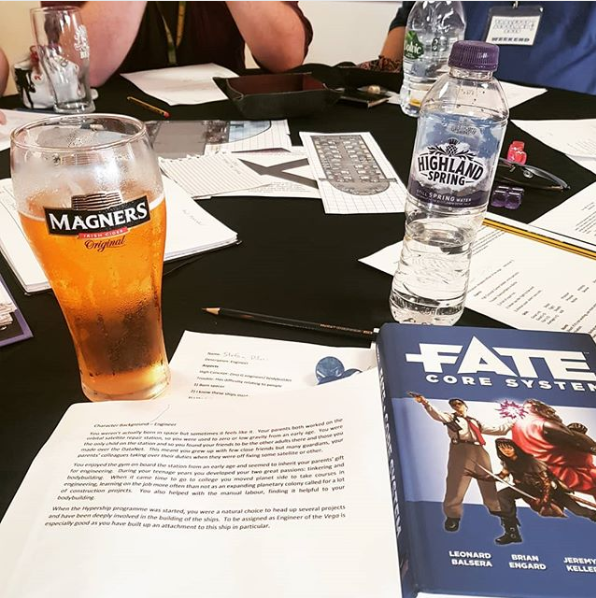
With this importance established, how then do we foster good communication between the GM and players? Any collaborative relationship needs to be nurtured and grown, based on mutual respect and clear communication. Players need to know that they can trust their GM, even as he or she throws challenges and surprises at the party.
Players and the GM should approach the game with mutual respect and trust. Respect each other’s ideas, decisions, and contributions to the game world. Trust that the GM will provide a fair and engaging experience, while players contribute positively to the game’s progress.
Open and clear communication between players and the GM is vital. Players should feel comfortable discussing their goals, expectations, and concerns with the GM, and the GM should provide clear instructions, feedback, and guidance to the players. This is very much a two-way street, and although the GM must be clear in his or her communication, there’s also an obligation to communicate placed squarely on the players.
Players should be encouraged to actively engage with the game world by asking questions, seeking clarification, and providing input. This is really important to the game. The GM should actively involve players in shaping the narrative, considering their ideas, and incorporating their character backgrounds and motivations into the story. Games like The Dresden Files do a good job of facilitating this during the city design stage of game prep:
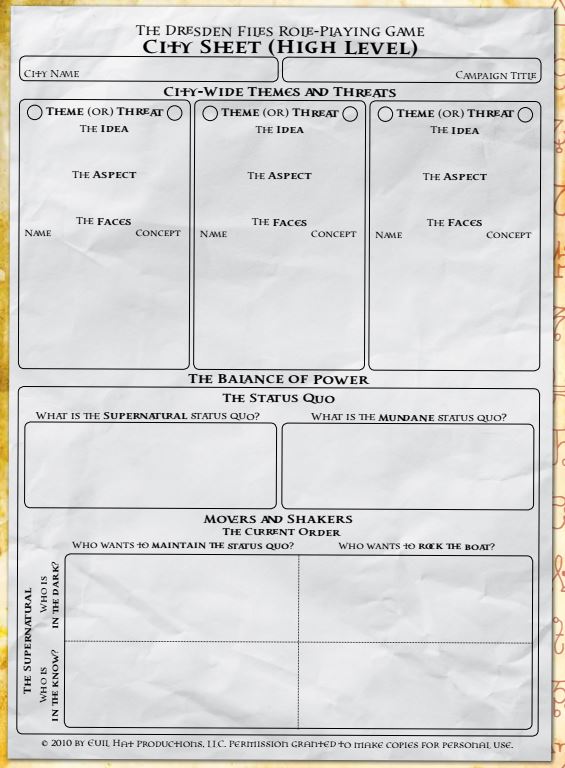
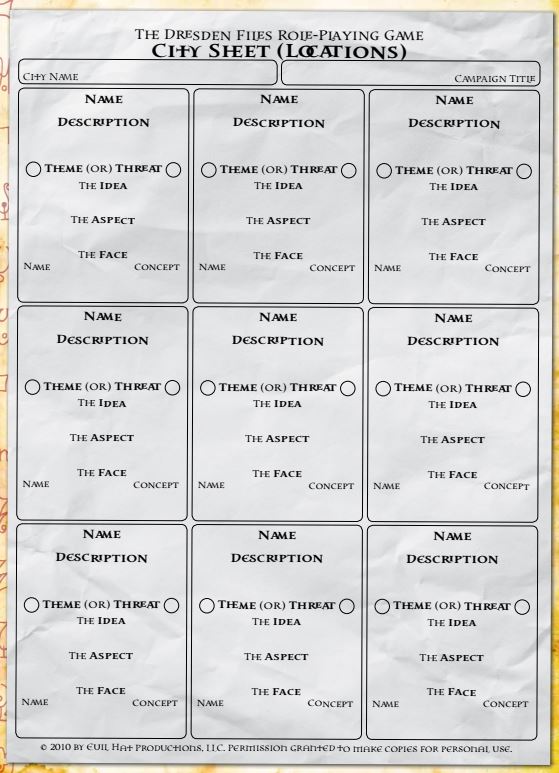
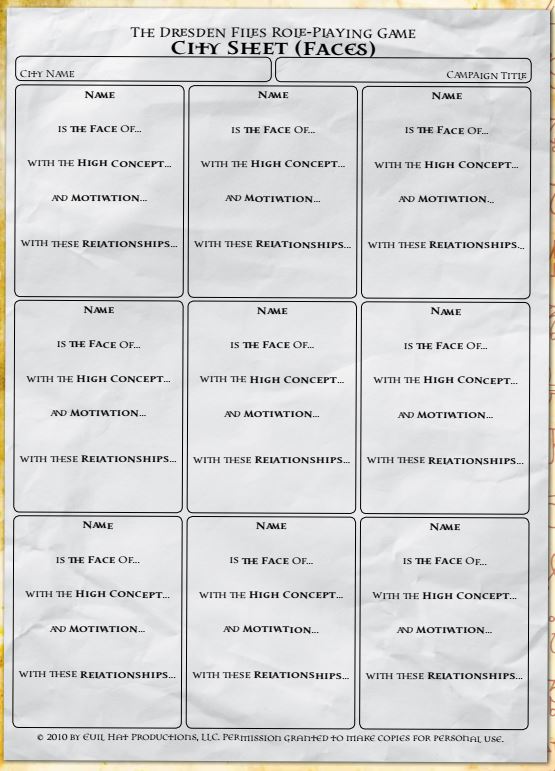
Players and the GM should provide constructive feedback to each other. Again, this works both ways. This helps improve the gaming experience, strengthens the collaborative relationship, and ensures that everyone’s voices are heard and valued. Players can require guidance, but the GM can as well. If players are looking for something specific out of this experience, they can’t assume that the GM can somehow intuit this.
Based on this communication, both players and the GM should be open to adapting and adjusting the game as needed. This includes being responsive to player ideas, improvising when necessary, and incorporating player choices into the unfolding narrative. The ability of a GM to improvise is important and will likley form the basis of a future series on this site.
Now, with each side communicating effectively, a balance must be struck between player agency and GM guidance. This is something that will take some consideration and should never be taken for granted. The GM should provide enough freedom for players to make meaningful choices and shape the story, while also guiding the narrative and ensuring a cohesive experience.
Nurturing a collaborative relationship between players and the GM is so central to building a successful and enjoyable RPG session. Players and the GM have it within their power to create a dynamic and engaging gaming experience, so long as that open communication, rooted in mutual respect and trust, can be built and maintained. In the next (and final) post in this series, we will discuss the importance of constructive feedback among players and explore strategies for providing feedback in a positive and helpful manner.

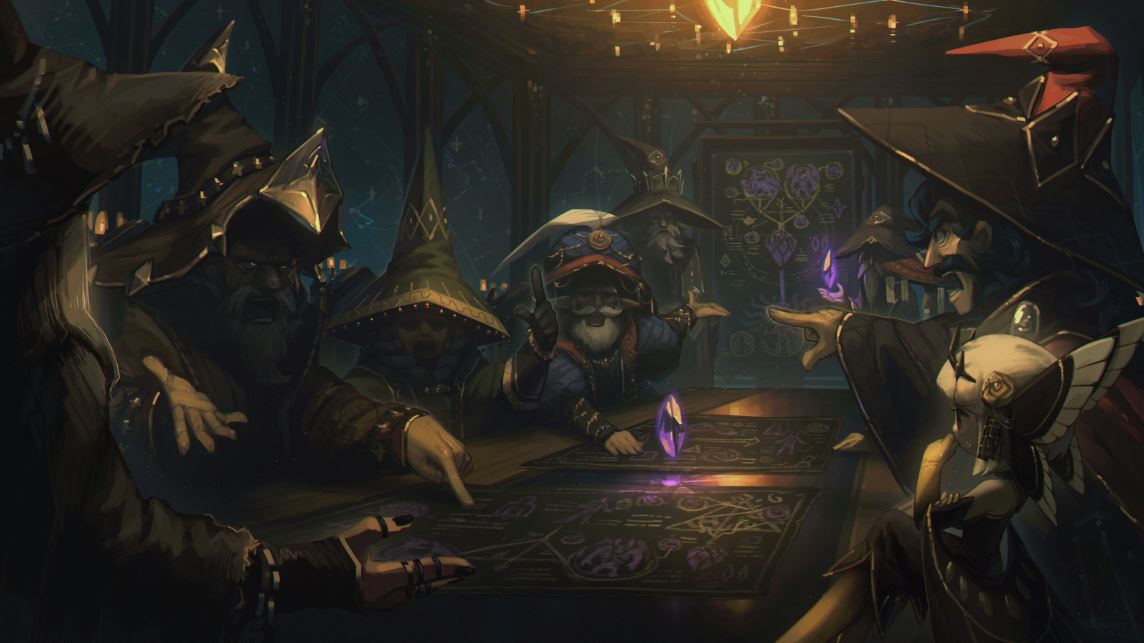
6 Comments